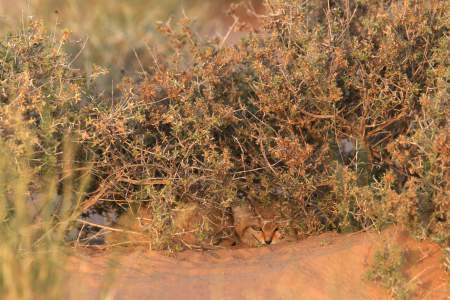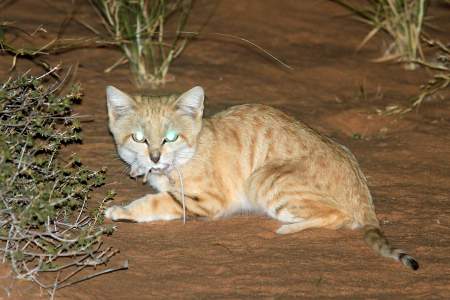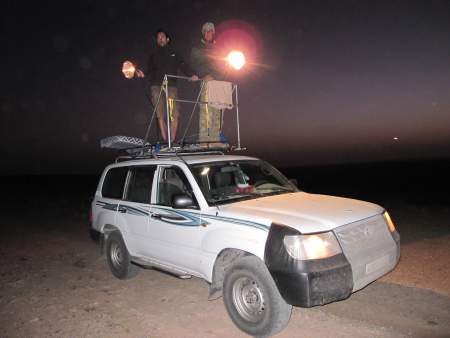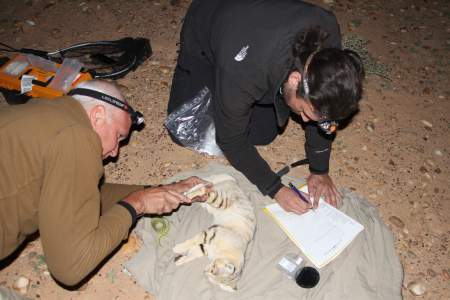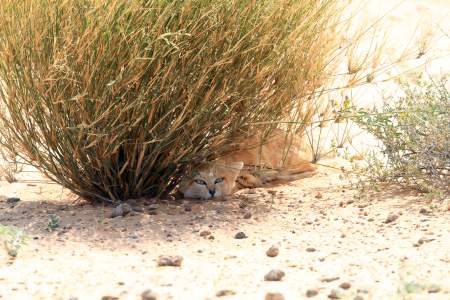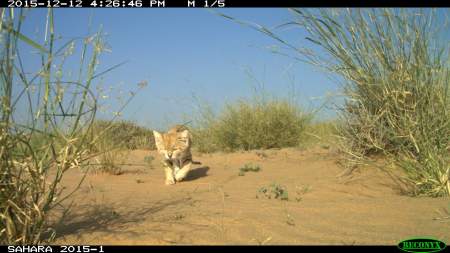Wildlife advocates are offering an $8,000 reward for information leading to convictions for the shootings of two protected Canada lynx last month in Maine, bringing the total reward offered to $19,000 from nonprofit, state and federal sources. The additional reward money includes $5,000 from the Center for Biological Diversity, $1,000 from the Wildlife Alliance of Maine and $2,000 from the Animal Welfare Institute.
The two Canada lynx were shot and killed in mid-November, according to a Friday announcement by Maine wildlife officials. Wardens believe one was shot sometime around Nov. 15 with a rifle on a logging road in western Maine, near Aziscohos Lake in northern Oxford County. That lynx was wearing a GPS collar attached in 2015 by Maine Department of Inland Fisheries and Wildlife. The other endangered cat was found shot dead on Nov. 17 in a legally set foothold trap along a logging road in Aroostook County. No suspects have been identified in either case.
“The disturbing killings of these two beautiful, wild cats illustrate why we sued for changes to Maine’s harmful trapping program,” said Collette Adkins, an attorney and biologist at the Center. “The common-sense protective measures we’re seeking could have prevented the trapping of the lynx in Aroostook County. I’m hopeful the court will recognize that more changes are needed to protect lynx from cruel traps.”
In November a federal court in Bangor, Maine, heard oral arguments on the wildlife advocates’ challenge to the trapping permit issued by the U.S. Fish and Wildlife Service to Maine. The lawsuit argues that the permit violates both the Endangered Species Act, which requires that harm to lynx be minimized and mitigated, and the National Environmental Policy Act, which requires a proper analysis of environmental impacts. The wildlife advocates are represented by the Environmental and Natural Resources Law Clinic at Vermont Law School.
“With this latest evidence of the dangers faced by lynx in the Maine woods, we’re concerned with how many other lynx have been killed and not discovered,” said Daryl DeJoy, executive director of the Wildlife Alliance of Maine. “These unnecessary deaths are troubling and frustrating to those of us working for stronger lynx protections.”
“Doing what is necessary to protect threatened and endangered species must be the number one priority,” said Cathy Liss, president of the Animal Welfare Institute. “Those responsible for these heinous and illegal killings must be brought to justice and be subject to the full complement of penalties under the law.”
Canada lynx are protected as “threatened” under the federal Endangered Species Act, and these illegal killings can result in fines up to $100,000 and up to one year in prison.
Background
Each year Maine trappers targeting bobcat, coyotes, foxes, mink and other animals unintentionally kill and seriously injure Canada lynx, among the rarest cats in the United States. Because lynx are protected under the Endangered Species Act, the state cannot authorize such “incidental” harm to lynx without an “incidental take permit” issued by the Service. The lawsuit brought by wildlife advocates challenges the Service’s permit covering the state’s trapping programs.
That permit allows for the killing of just three lynx in legally set traps over a 15-year period. In 2014, within a few weeks of the federal permit being granted to the state, two lynx died in conibear traps set on leaning poles. With Friday’s announcement that another lynx died in a legally set trap, the wildlife advocates are considering additional legal action.
Source: Center for Biological Diversity
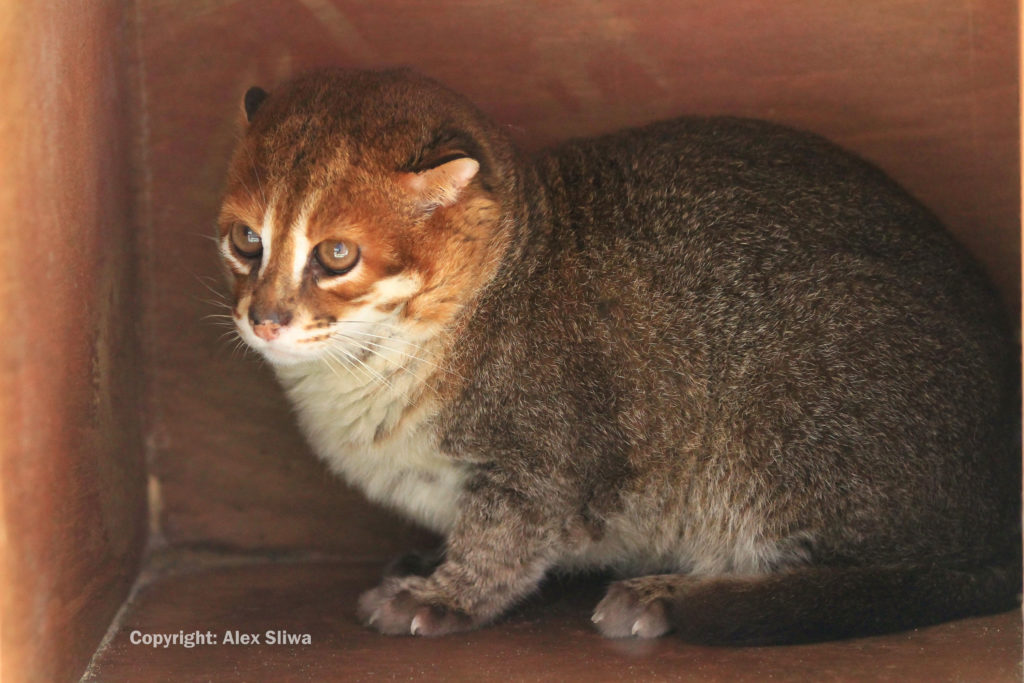
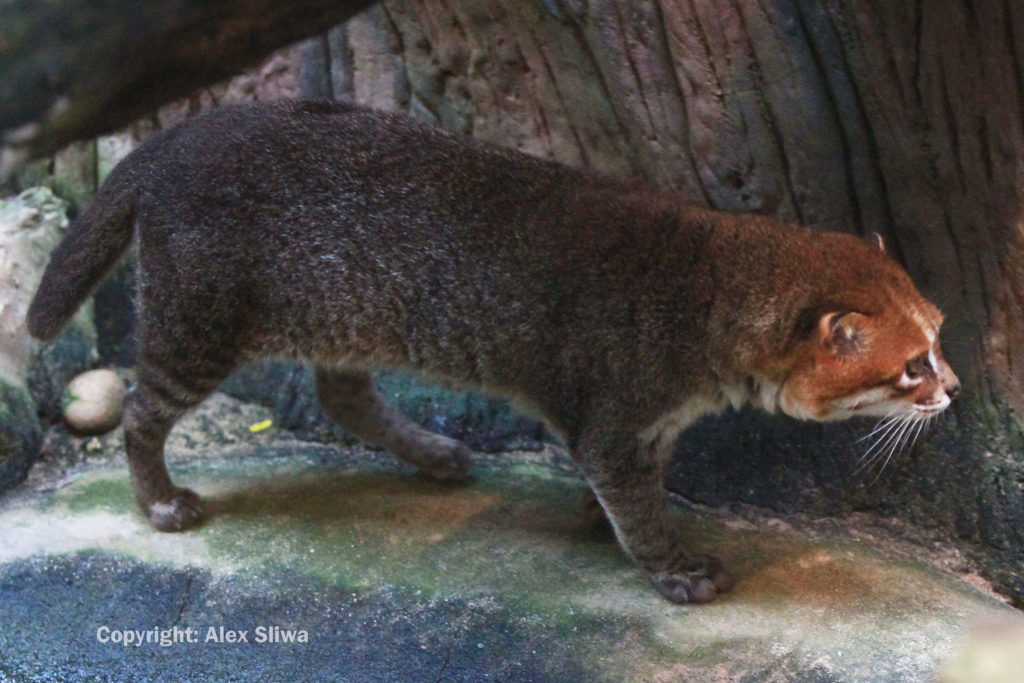
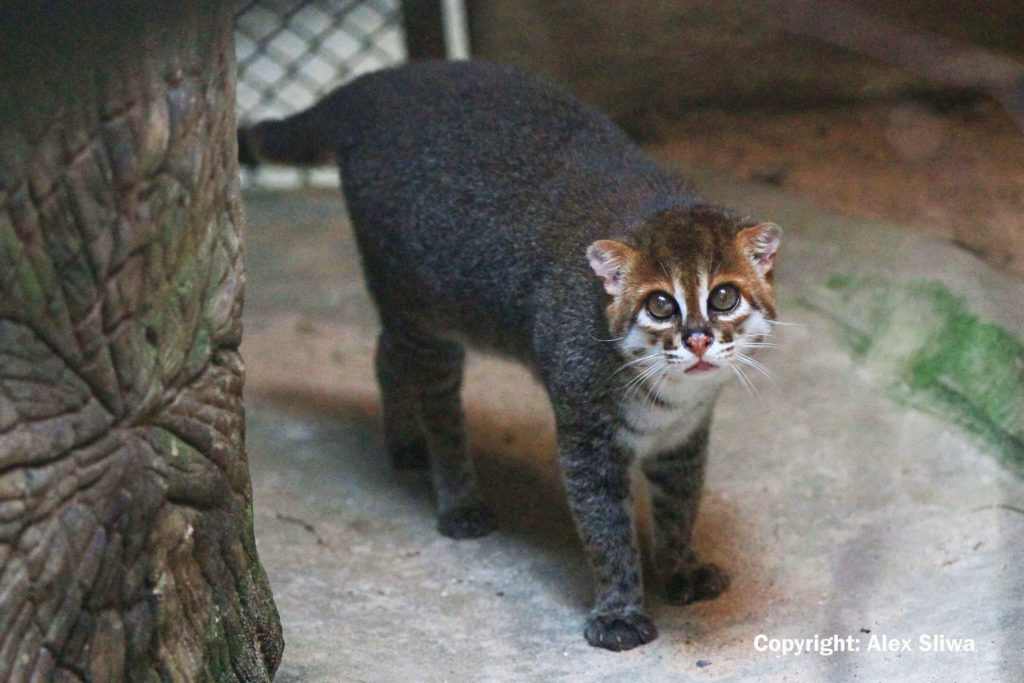
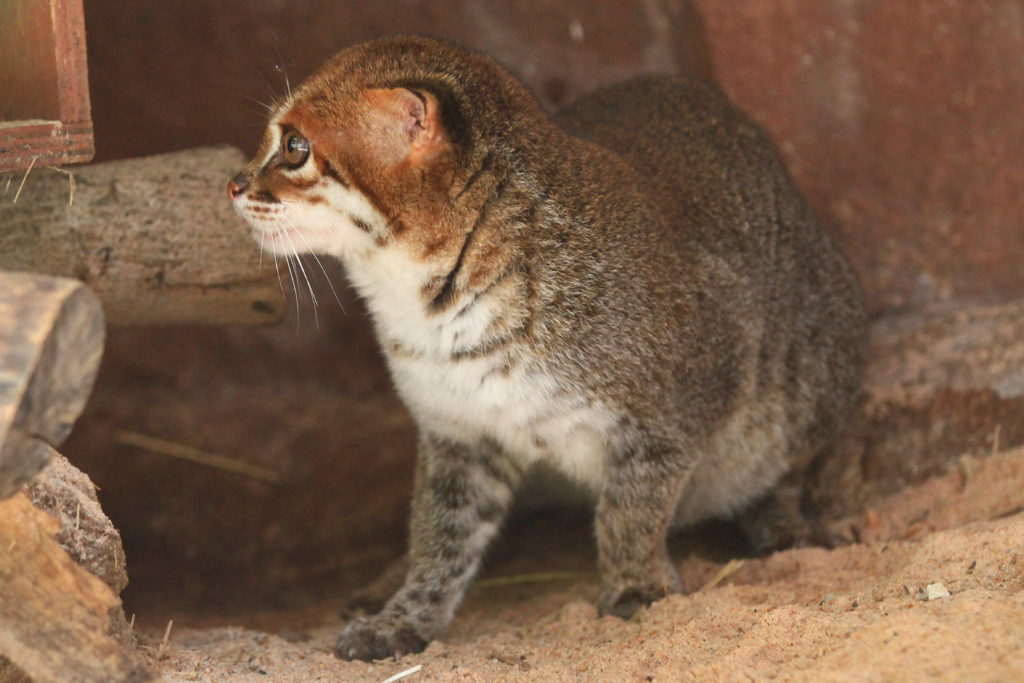
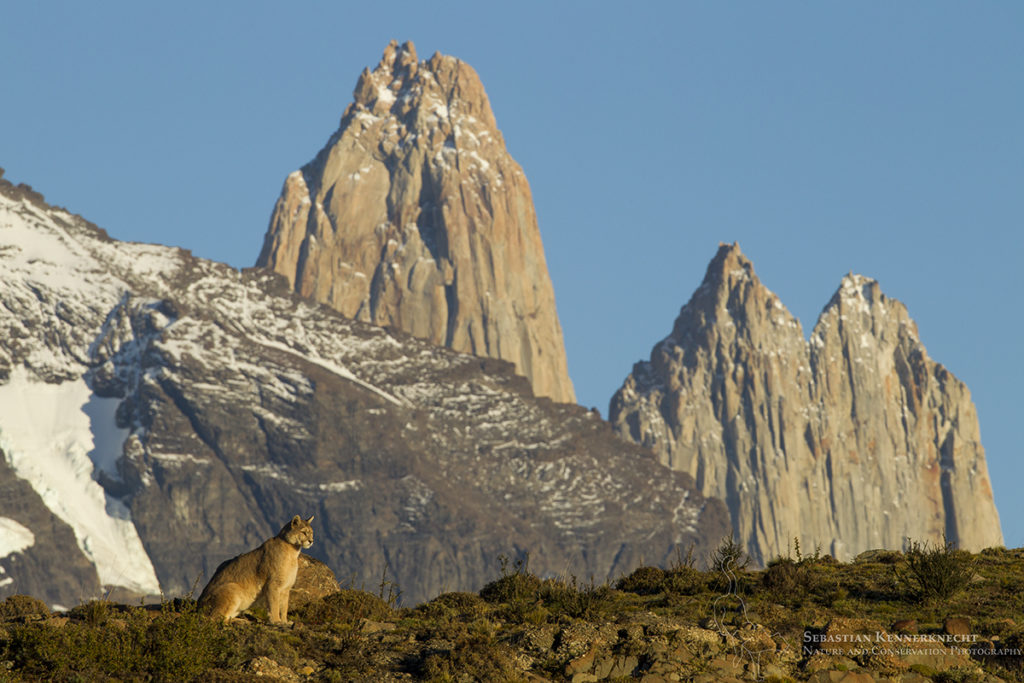
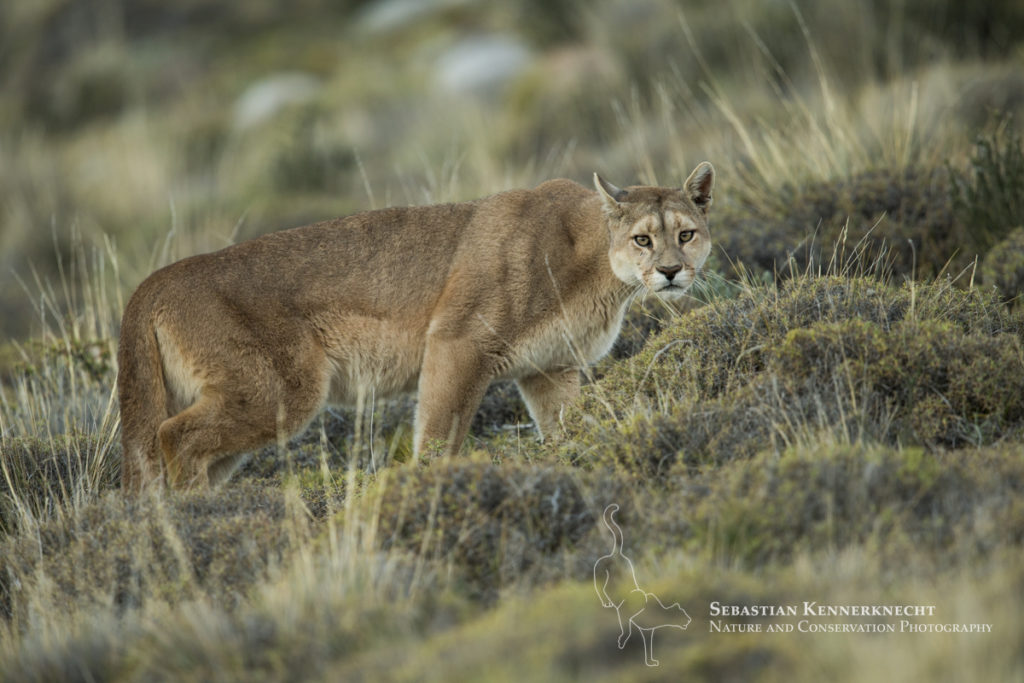

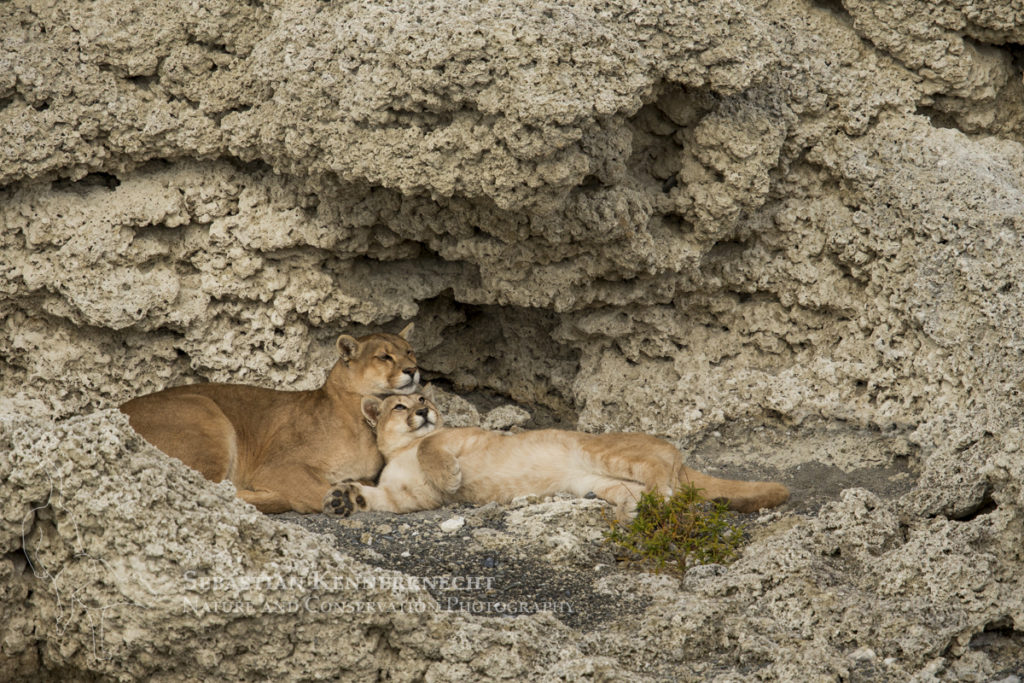
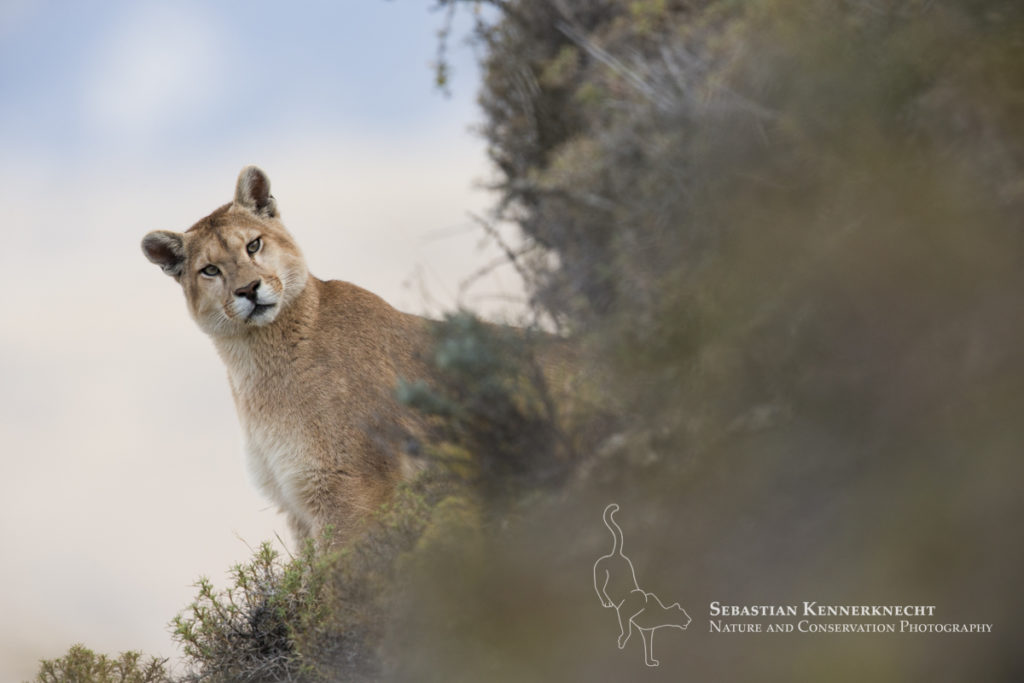
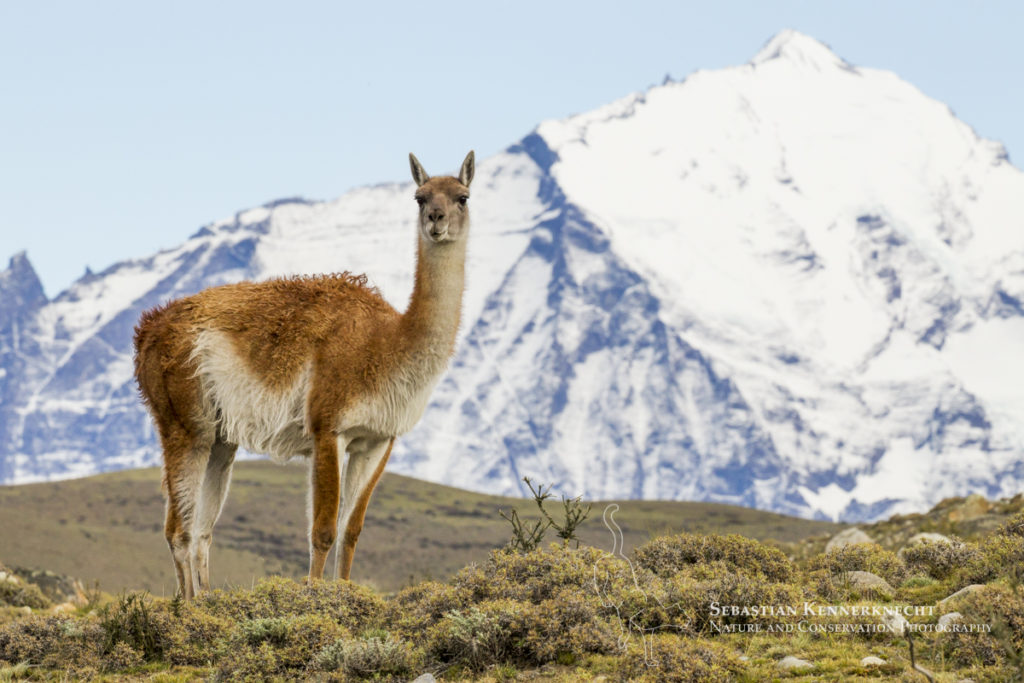
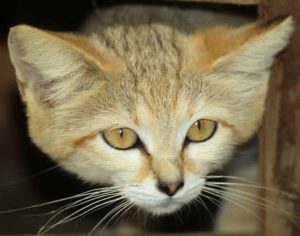 We’ve updated our Sand cat fact sheet with new information on their distribution and conservation threats.
We’ve updated our Sand cat fact sheet with new information on their distribution and conservation threats.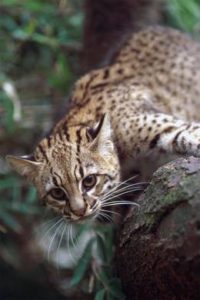 The Wild Felid Legacy Scholarship from the Wild Felid Research and Management Association (WFA) provides financial aid to a graduate-level university student conducting research on wild felids in the Americas. The scholarship is awarded in early summer. The recipient(s) receive $1,000 and are recognized in the WFA’s newsletter, the Wild Felid Monitor. Applications are evaluated based on: demonstrated need for financial aid; participation in a research project that aims to improve our understanding of wild felid biology, management and/or conservation; and undergraduate and graduate GPA.
The Wild Felid Legacy Scholarship from the Wild Felid Research and Management Association (WFA) provides financial aid to a graduate-level university student conducting research on wild felids in the Americas. The scholarship is awarded in early summer. The recipient(s) receive $1,000 and are recognized in the WFA’s newsletter, the Wild Felid Monitor. Applications are evaluated based on: demonstrated need for financial aid; participation in a research project that aims to improve our understanding of wild felid biology, management and/or conservation; and undergraduate and graduate GPA.